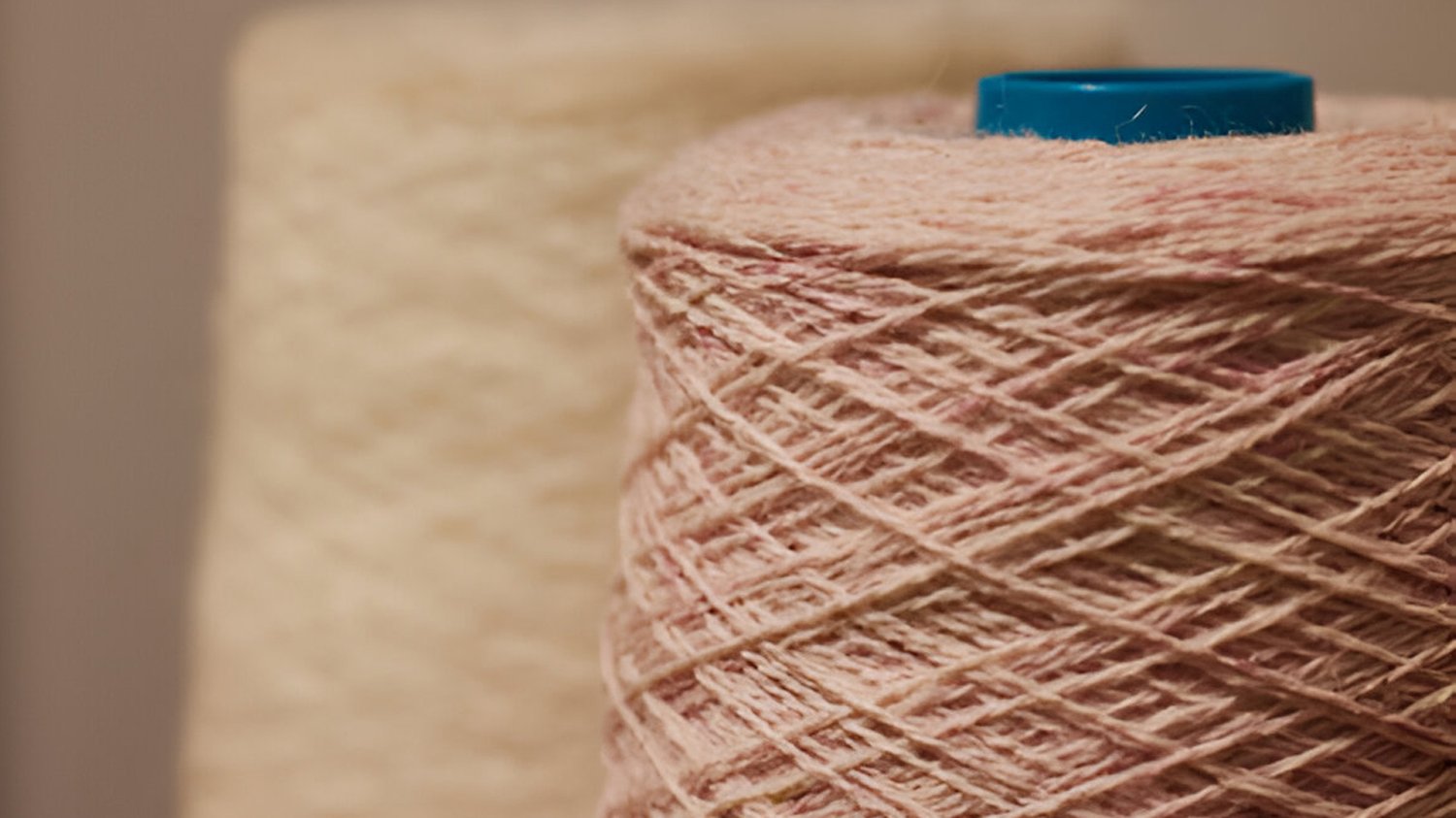Functional yarns: An Overview of Its Advantages and Prospects
Functional yarns are textiles that have been developed to provide specific properties or functions beyond those of regular fabrics. These yarns are made with advanced materials and technologies that enable them to perform specific functions such as moisture-wicking, temperature regulation, antibacterial properties, and more. In this article, we'll take a closer look at functional yarns and explore their many advantages and prospects.
1. What are Functional Yarns?
Functional yarns are those that have been engineered to possess properties beyond that of typical yarns. These may include antimicrobial properties, moisture-wicking, UV-protection, conductive properties, and more. These yarns are typically made using advanced materials and technology, such as a combination of fibers, coatings, and finishes that allow them to provide specific functions or properties.
2. Advantages of Functional Yarns
Functional yarns offer several advantages over traditional textiles. For instance, they provide moisture management capabilities that help regulate body temperature and keep sweat away from the skin, making them ideal for athletes and active individuals. Other benefits of functional yarns include improved durability, breathability, and resistance to wrinkles and shrinkage. They can also be customized to meet specific needs, from medical textiles to protective fabrics.
3. Types of Functional Yarns
There are several types of functional yarns that are available on the market. These include:
- Moisture-wicking yarns
- Antibacterial yarns
- Thermoregulating yarns
- Conductive yarns
- UV-resistant yarns
- Carbon fiber yarns
4. Applications of Functional Yarns
Functional yarns have a wide range of applications across several industries. For example, they can be used in sportswear to improve performance, in medical textiles to promote healing, and in outdoor apparel to provide protection from the elements. They can also be used in automotive fabrics, protective clothing, and even home furnishing. Furthermore, the demand for functional yarns is expected to increase due to their growing use in the production of wearable technology.
5. Innovation in Functional Yarns
The use of functional yarns is rapidly growing due to innovation. For example, researchers are developing yarns that can store energy and turn garments into wearable electronics. There are also experimental yarns made from nanofibers that have superior conductivity and strength. These innovations in functional yarns are set to revolutionize the textile industry as the demand for smart textiles continues to grow.
6. Sustainability and Functional Yarns
Sustainability is becoming increasingly important in the textile industry, and functional yarns can contribute to a more sustainable future. For instance, moisture-wicking yarns can reduce water usage during washing, and antibacterial yarns can reduce the need for harsh chemical cleaners. Additionally, recycled materials can be used in the production of functional yarns, making them an eco-friendly option for textiles.
7. Future Prospects of Functional Yarns
The market for functional yarns is expected to grow in the coming years due to increasing demand for smart textiles. Innovations in materials science and technology are leading to the development of even more advanced functional yarns that can detect vital signs, monitor physical activity, and prevent injury. The use of functional yarns in the production of wearable electronics is also set to transform the way we interact with technology in the future.
8. Challenges of Functional Yarns
The development of functional yarns also presents several challenges. For instance, some functional yarns can be expensive and difficult to produce at scale. They may also require specialized equipment and expertise to incorporate into textile products. Furthermore, functional yarns may be less comfortable to wear compared to traditional textiles due to their advanced properties.
9. Technology and Functional Yarns
Technological advancements are driving the growth of the functional yarns market. New manufacturing processes and materials science innovations are leading to the development of more efficient and cost-effective functional yarns. Furthermore, advances in nanotechnology and smart textiles are helping to create functional yarns that can collect and analyze data in real-time, leading to even more innovation in the industry.
10. Conclusion
Functional yarns are a rapidly growing market that offers several advantages over traditional textiles. They are designed to provide specific functions and properties, from moisture-wicking to antibacterial capabilities. Functional yarns have a wide range of applications across several industries, from sportswear to automotive fabrics. Although challenges exist in terms of cost and production at scale, advances in technology and innovation are driving growth in the industry. Ultimately, functional yarns hold the potential to revolutionize the way we interact with textiles and technology in the future.

